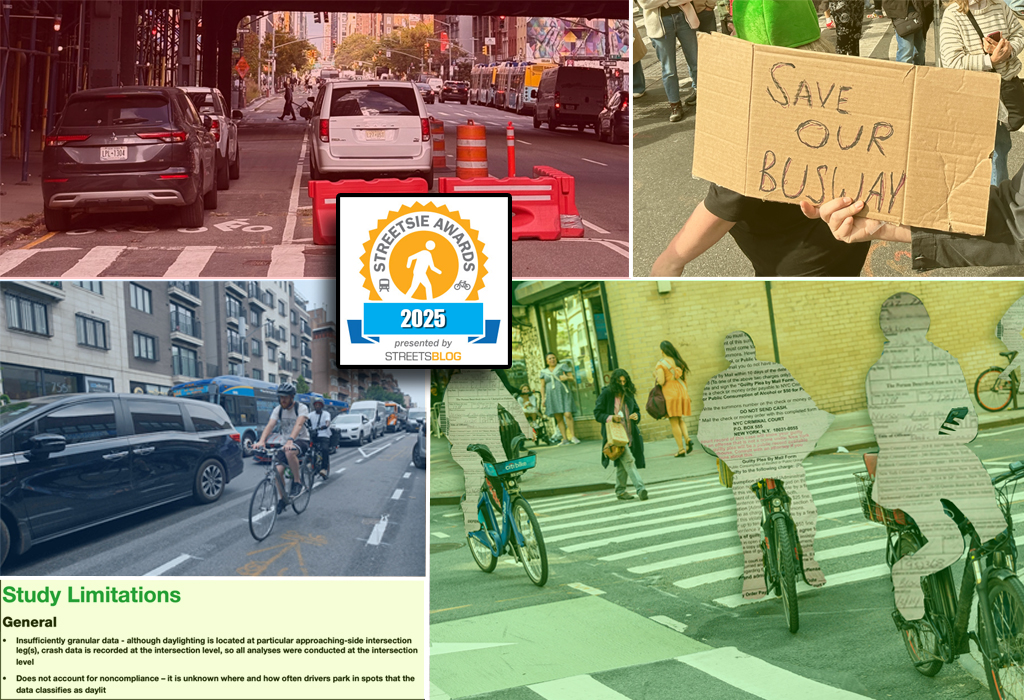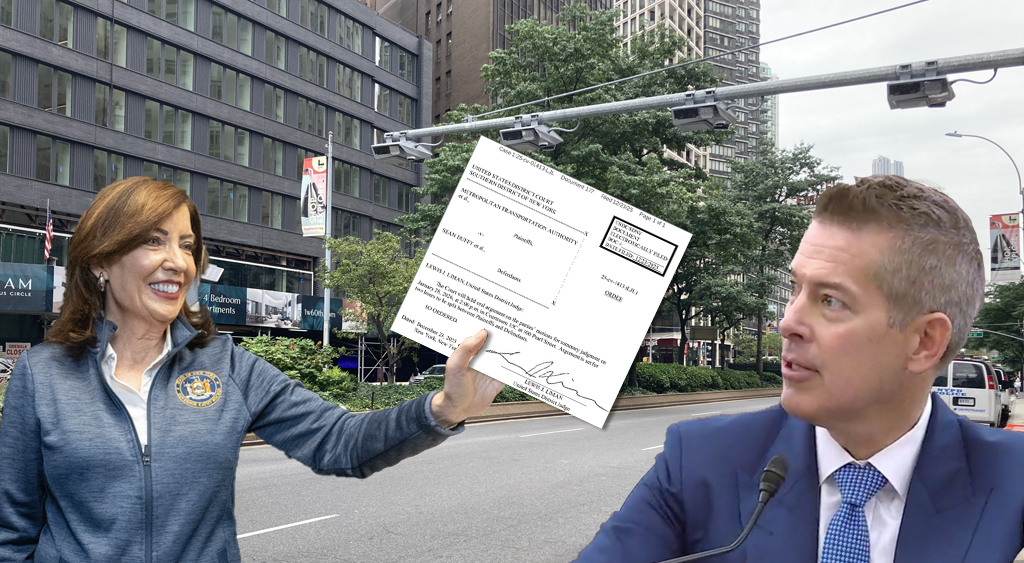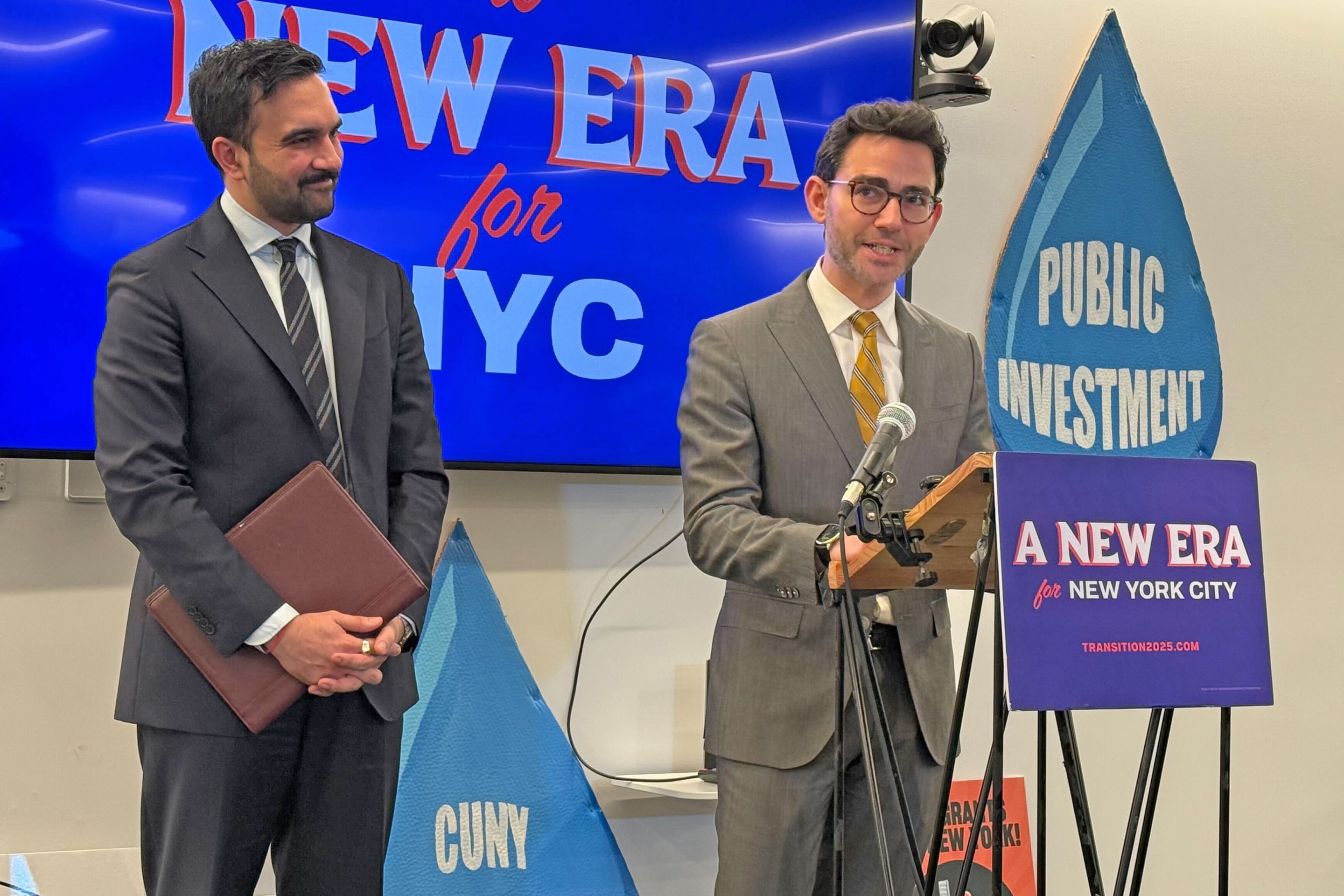The Department of City Planning continues to display an openness to the possibility of tearing down the Sheridan Expressway. A slideshow prepared for a September public meeting, recently posted online, shows how the agency is applying a comprehensive approach to the question of what to do with the lightly-used, Robert Moses-era highway along the Bronx River.
Funded with a federal TIGER grant, the DCP study will examine much more than the effect of a highway removal on traffic. Especially encouraging: The department wants to use a "triple bottom line" approach, measuring the impact of any decision on the economy, society, and environment. "For example, a road geometry change could reduce vehicle capacity but also reduce air pollution, maintenance costs, and injuries to pedestrians," the agency explains in its slideshow.
That kind of perspective is a world apart from the New York State Department of Transportation's approach. The state DOT's most recent analysis of a Sheridan removal studied only traffic impacts, and based its evaluation on the unrealistic assumption that nothing would replace a decommissioned Sheridan.
DCP, in contrast, is studying three scenarios: one with the Sheridan kept in place, another with the expressway turned into a boulevard (think West Street or San Francisco's Embarcadero), and a third with no road at all. In every case, major improvements to the Bruckner Expressway would be installed, including a new exit that would significantly improve truck access to the Hunts Point food market. Some of the opportunities DCP identified for the area, such as fostering development along the East Tremont Avenue corridor, could take place regardless of what happens to the Sheridan. Others, like the redevelopment of a small industrial zone sandwiched between the Sheridan and the Bronx River, DCP identified as contingent on changes to the expressway.
The Sheridan team will also investigate how each option would affect real estate values and employment, not only at existing job centers like the food market but also on newly developable land along or on top of the highway's footprint. Additionally, the city is collecting new traffic data to improve transportation modeling.
The overall framework put together by DCP includes a number of goals, like improving waterfront access and pedestrian mobility, that are essentially incompatible with the Sheridan as it currently stands. Other goals include improving truck access to Hunts Point, which could be sufficiently achieved through the new off-ramps and other Bruckner improvements, but might end up cutting against a Sheridan teardown.
Early in the study process, local advocates had voiced complaints about DCP's method and outreach, but those were quickly rectified. For now, DCP is compiling an honest and complete accounting of the costs and benefits of tearing down the Sheridan.





